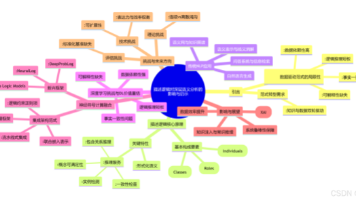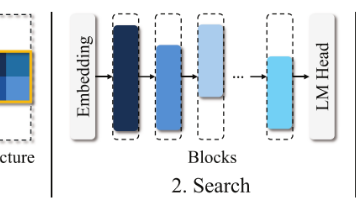AI赋能智能电网优化新未来
人工智能在智能电网优化中的应用涵盖负荷预测、故障检测、分布式能源管理和用户行为分析等多个领域。通过结合大数据分析和机器学习算法,电网运营商可以实现更高效、更可靠的能源管理。未来的研究方向可能包括更复杂的深度学习模型和跨领域数据融合。
人工智能在智能电网优化中的应用
人工智能通过分析智能电网产生的大数据,能够实现电网运行效率的提升、故障预测与维护、能源需求预测等目标。智能电网中的传感器、智能电表和其他设备产生海量数据,包括电压、电流、功率、用户用电行为等。人工智能算法可以挖掘这些数据的潜在价值,帮助电网运营商优化资源配置、降低运营成本并提高可靠性。
数据来源与预处理
智能电网的数据来源包括智能电表(AMI)、SCADA系统、分布式能源(DER)监控设备以及天气数据。这些数据通常具有高维度、高噪声和非线性的特点,因此需要进行清洗和特征工程。常见的预处理步骤包括缺失值填充、异常值检测和归一化。
import pandas as pd
from sklearn.preprocessing import MinMaxScaler
from sklearn.impute import SimpleImputer
# 加载数据
data = pd.read_csv('smart_grid_data.csv')
# 处理缺失值
imputer = SimpleImputer(strategy='mean')
data_filled = imputer.fit_transform(data)
# 归一化
scaler = MinMaxScaler()
data_normalized = scaler.fit_transform(data_filled)
负荷预测与需求响应
人工智能模型可以通过历史用电数据和天气数据预测未来电力需求。常用的算法包括长短期记忆网络(LSTM)和随机森林。准确的负荷预测有助于电网运营商制定更合理的发电计划,减少能源浪费。
import numpy as np
from sklearn.ensemble import RandomForestRegressor
from sklearn.model_selection import train_test_split
# 特征与目标变量
X = data_normalized[:, :-1] # 特征(如历史负荷、温度)
y = data_normalized[:, -1] # 目标变量(未来负荷)
# 划分训练集和测试集
X_train, X_test, y_train, y_test = train_test_split(X, y, test_size=0.2)
# 训练随机森林模型
model = RandomForestRegressor(n_estimators=100)
model.fit(X_train, y_train)
# 预测
y_pred = model.predict(X_test)
故障检测与诊断
智能电网中的故障可能导致停电或设备损坏。人工智能可以通过分析实时数据检测异常,例如使用隔离森林(Isolation Forest)或自动编码器(Autoencoder)识别异常模式。
from sklearn.ensemble import IsolationForest
# 训练异常检测模型
clf = IsolationForest(contamination=0.01)
clf.fit(data_normalized)
# 预测异常
anomalies = clf.predict(data_normalized)
分布式能源优化
分布式能源(如太阳能和风能)的接入增加了电网的复杂性。人工智能可以优化这些资源的调度,例如通过强化学习(Reinforcement Learning)实现动态定价或能源分配。
import tensorflow as tf
from tensorflow.keras.models import Sequential
from tensorflow.keras.layers import Dense
# 构建神经网络模型
model = Sequential([
Dense(64, activation='relu', input_shape=(X_train.shape[1],)),
Dense(32, activation='relu'),
Dense(1)
])
# 编译模型
model.compile(optimizer='adam', loss='mse')
# 训练模型
model.fit(X_train, y_train, epochs=10, batch_size=32)
动态定价与用户行为分析
人工智能可以分析用户用电行为,制定动态电价策略以平衡供需。聚类算法(如K-means)可以用于用户分群,而时间序列分析可以预测电价波动。
from sklearn.cluster import KMeans
# 用户用电行为聚类
kmeans = KMeans(n_clusters=3)
clusters = kmeans.fit_predict(data_normalized)
# 可视化聚类结果
import matplotlib.pyplot as plt
plt.scatter(data_normalized[:, 0], data_normalized[:, 1], c=clusters)
plt.show()
总结
人工智能在智能电网优化中的应用涵盖负荷预测、故障检测、分布式能源管理和用户行为分析等多个领域。通过结合大数据分析和机器学习算法,电网运营商可以实现更高效、更可靠的能源管理。未来的研究方向可能包括更复杂的深度学习模型和跨领域数据融合。
更多推荐
 已为社区贡献8条内容
已为社区贡献8条内容








所有评论(0)